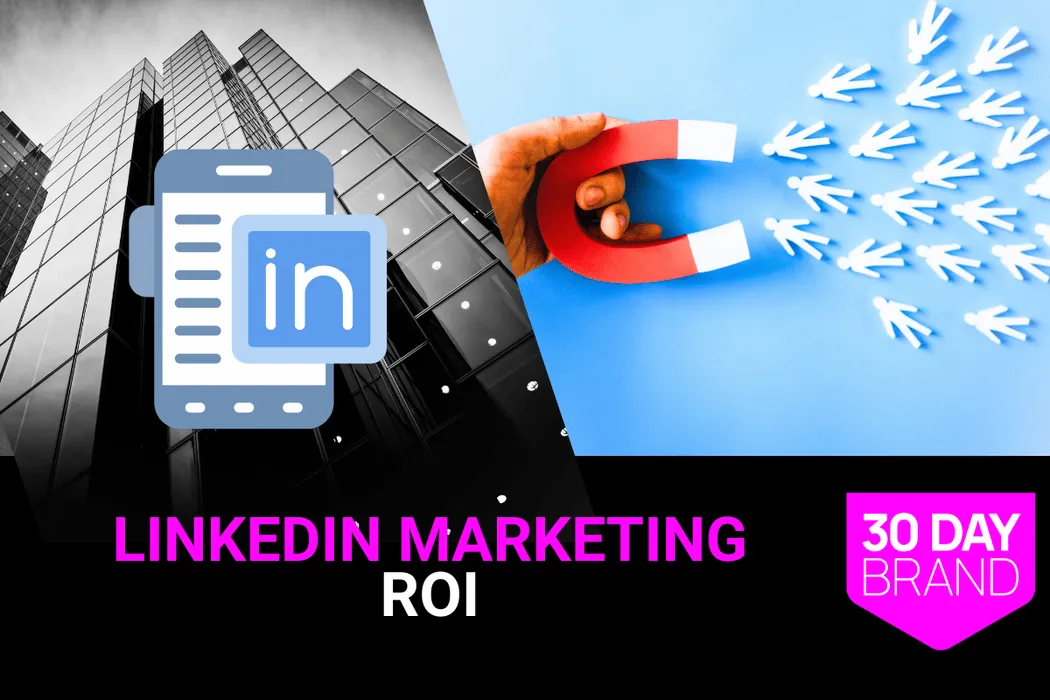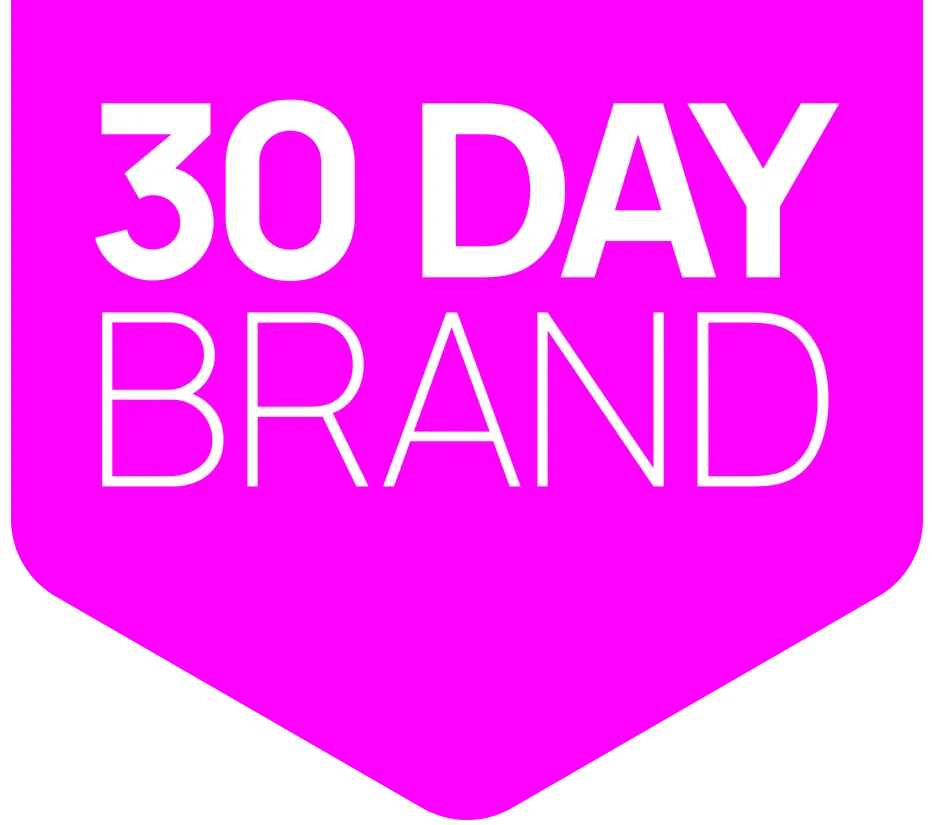
LinkedIn Marketing ROI: Measuring the Impact of Your Professional Network
Quick Definition
LinkedIn Marketing ROI = A measure of the profit or loss generated on your LinkedIn marketing activities relative to the amount of money you've invested. In plain English, it's the answer to the question: "Is all this time and money I'm spending on LinkedIn actually making me money?"
The ROI Black Hole: Are You Shouting into the Void?
You're putting in the hours on LinkedIn. You're posting content, sending connection requests, and engaging in conversations. But at the end of the day, you have a nagging feeling that you're just spinning your wheels. You see the likes and comments, but you can't connect them to actual revenue. It feels like you're shouting into a void, with no real way of knowing if anyone is listening.
You're not alone. Most B2B marketers struggle to measure the ROI of their social media efforts. But here's the hard truth: if you can't measure it, you can't improve it. And if you can't improve it, you're just wasting your time and money. It's time to stop guessing and start measuring. For a foundational understanding of how ROI fits into your overall strategy, review our guide on LinkedIn marketing strategy.
Vanity Metrics vs. Business Metrics: What Really Matters
The first step to measuring your LinkedIn ROI is to stop tracking the wrong things. Vanity metrics make you feel good, but they don't pay the bills. Business metrics, on the other hand, are directly tied to your bottom line. Here's how to tell the difference:
Vanity Metrics (Stop Obsessing Over These)
Follower Count: A large following is nice, but it doesn't mean anything if those followers aren't your ideal clients. 100 engaged followers who fit your ideal client profile are more valuable than 10,000 followers who will never buy from you.
Likes and Comments: Engagement is good, but it's not a business result. A post can get hundreds of likes and still not generate a single lead. Don't confuse applause with impact.
Profile Views: It's tempting to get excited about a spike in profile views, but unless those views are from people in your target market, they're just noise.
Business Metrics (Start Tracking These Immediately)
Qualified Leads: How many people who fit your ideal client profile have you connected with on LinkedIn? This is the first real sign that your efforts are paying off.
Meetings Booked: How many of those qualified leads have you moved to a discovery call or a sales meeting? This is where the rubber meets the road.
Proposals Sent: How many of those meetings have resulted in a proposal? This shows that you're not just having good conversations; you're having conversations that lead to real business opportunities.
Revenue Generated: This is the ultimate metric. How much new business have you closed as a direct result of your LinkedIn marketing efforts?
For a deeper dive into turning connections into clients, read our guide on LinkedIn lead generation.
How to Calculate Your LinkedIn Marketing ROI: A Simple Formula
Calculating your LinkedIn marketing ROI doesn't have to be complicated. Here's a simple formula you can use:
(Return from LinkedIn - Cost of LinkedIn) / Cost of LinkedIn = LinkedIn Marketing ROI
Let's break down each component:
Return from LinkedIn
This is the total revenue you've generated from clients you acquired through LinkedIn. To track this, you need to have a system for asking new clients how they found you. A simple "How did you hear about us?" on your intake form can work wonders.
Cost of LinkedIn
This includes both your time and your money. Here's what to include:
Your Time: Assign an hourly rate to your time and track how many hours you spend on LinkedIn each month.
Team Time: If you have team members who are also involved in your LinkedIn marketing, track their time as well.
Tools and Software: Include the cost of any tools you use for LinkedIn marketing, such as Sales Navigator, scheduling tools, or analytics software.
Ad Spend: If you're running LinkedIn Ads, include your total ad spend for the month.
Putting It All Together: An Example
Let's say you spent 10 hours on LinkedIn this month, and your hourly rate is $100. That's $1,000 in time. You also spent $500 on LinkedIn Ads. Your total cost is $1,500.
During that same month, you closed a new client that you met on LinkedIn for a $10,000 project. Your return is $10,000.
Here's the ROI calculation:
($10,000 - $1,500) / $1,500 = 5.67
To express this as a percentage, multiply by 100. Your LinkedIn marketing ROI is 567%.
For every $1 you invested in LinkedIn marketing, you got $5.67 back. Not a bad return, right? For more on how to optimize your profile to improve these numbers, check out our guide on LinkedIn profile optimization.
Ready to Stop Guessing and Start Measuring?
You now have a clear framework for measuring the ROI of your LinkedIn marketing efforts. You know what to track, how to calculate your return, and how to prove the value of your time and investment. But knowing isn't the same as doing.
Here's what to do next:
Step 1: Start with our FREE Brand Message Analyzer Tool to make sure your messaging is clear and compelling. You can't measure the ROI of a message that no one understands.
Step 2: Set up a simple tracking system. This could be a spreadsheet, a CRM, or a dedicated analytics tool. The important thing is to start tracking your key business metrics today.
Step 3: For a comprehensive system that integrates your LinkedIn marketing with your overall brand and business goals, explore our proven SCALE System. It's the framework we use to help our clients build premium brands that deliver a measurable ROI.
Step 4: When you're ready for an expert to help you build and execute a LinkedIn marketing strategy that delivers predictable results, book a call with our team. We'll help you turn your LinkedIn presence into a revenue-generating machine.
Remember: what gets measured gets managed. Start measuring your LinkedIn ROI today, and you'll be on your way to building a more profitable and sustainable business.
FAQ
How long should I wait before I start measuring my LinkedIn ROI?
You should start tracking your key metrics from day one. However, don't expect to see a positive ROI overnight. It takes time to build relationships and move prospects through your funnel. Give it at least 90 days of consistent effort before you start making any major decisions based on your ROI calculations.
What's a good LinkedIn marketing ROI?
This varies widely by industry, but a good rule of thumb is to aim for a 5:1 ratio of return to investment. This means for every $1 you invest in LinkedIn marketing, you should be generating $5 in revenue. If you're below this benchmark, it's a sign that you need to adjust your strategy.
What if I'm not getting a positive ROI?
Don't panic. A negative ROI is a sign that something in your strategy is off. It could be your targeting, your messaging, your content, or your follow-up process. Use the data to identify the bottleneck in your funnel and make adjustments. For example, if you're getting a lot of connections but no meetings, your problem is likely in your messaging or your follow-up. For more on creating content that drives results, read our guide on LinkedIn content marketing.
How can I track leads from LinkedIn if they don't click a link?
This is where a simple question can make all the difference. On your intake form or during your initial discovery call, simply ask, "How did you hear about us?" You'll be surprised how many people say, "I saw your posts on LinkedIn." This is the easiest way to attribute revenue to your LinkedIn marketing efforts, even if there's no direct link to track.










